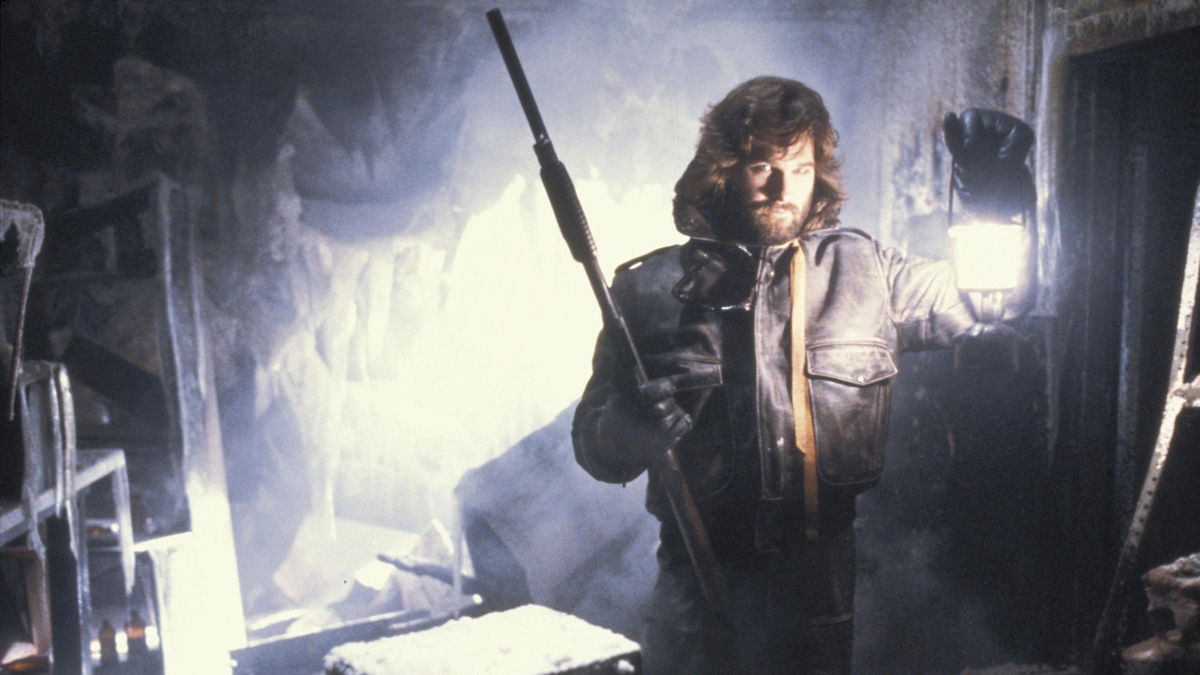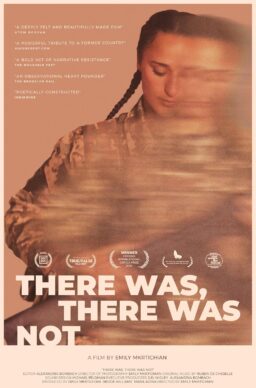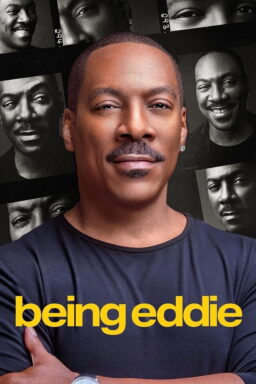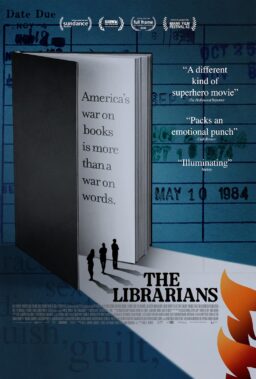Every October, I revisit John Carpenter’s “The Thing” to celebrate the month of Halloween, and every year I arrive at the same conclusion: it’s one of the most effective horror films ever made. I know every scene, line, and frame by heart, but this year, the experience felt different. Like the shapeshifting monster imitating life forms, everything about “The Thing” looked the same, but the experience of it wasn’t. Something about it resonated more deeply this time around. It tapped into something familiar, something real, and I realized that it’s wasn’t the film that has changed, but the world. Watching this masterpiece during the pandemic brought its themes much closer to home.
In 2020, the world has been held hostage by an invisible enemy. Fear, anxiety, paranoia, and panic spread faster than the virus itself. Ordinary interactions suddenly were no more, and everyone seemed to be behaving in unpredictable ways. Carpenter’s film was a critical and commercial failure when it first came out and was generally perceived to be out of touch with the times—it was called too bleak and depressing. Had it come out the year of COVID-19, I’m sure it would’ve been hailed as instant classic. The most nerve-racking aspect about “The Thing” has nothing to do with the creature, but how the characters react to it.
The film takes place at Outpost 31, a remote research center stationed in Antarctica. Setting the story in the middle of nowhere is a classic horror movie trope. Think of the Overlook hotel surrounded by the Colorado wilderness in “The Shining,”; it traps characters and viewers in a confined space away from the reach of help. We see a dog dashing in a sea of whiteness, and a helicopter chasing it. The ground they cover establishes the isolated setting perfectly.
The film then cuts to the characters at Outpost 31. Nobody seems to be working, and we get the sense that they’re just coping with isolation and loneliness. Two characters are playing ping-pong, another is playing chess on a computer, and the rest are either reading magazines or listening to music individually. A few shots in, and I was already identifying with the film on different level. It took me back to those long hours of dealing with boredom under strict quarantine.

Human beings are social creatures by nature. We are not meant to deal with prolonged isolation; it directly affects our mood. A frustrated MacReady (Kurt Russell) pours his drink into the computer tower. We cut back to the Norwegians in the helicopter dropping grenades at the dog. The helicopter lands as the dog finds its way to the Americans. We see one of the Norwegians chasing the dog by foot, he reloads his gun, and yells something in Scandinavian.
Apparently, the words he yells translates to: “Get the hell outta there. That’s not a dog, it’s some sort of thing! It’s imitating a dog, it isn’t real! Get away you idiots!” I always loved this bit of trivia. Carpenter spoils the entire concept of “The Thing” within the first few minutes of his film. Of course, to those unfamiliar with the language, all we see is a madman with a gun attempting to kill a dog. The Americans take the dog in, and before you know it, all hell breaks loose. We get introduced to the most well-crafted movie monster to ever grace the screen, the thing, a shapeshifting extra-terrestrial being that can assume the shape of its victims.
Almost 40 years after it was made, the gruesome practical effects are more impressive than anything that we’ve seen since. In fact, the animatronic effects alone are enough to cement “The Thing” as a milestone in film history, but what really separates Carpenter’s film from every other gorefest out there is what it says about the human psyche.
As soon as the scientists discover the shapeshifting nature of the creature, heightened paranoia begins to feed the ever-growing presence of mistrust. The claustrophobic setting puts us face to face with mankind at his most dangerous. The thing is nothing but a catalyst that brings out the monster inside all of us. Carpenter’s film is about the internal conflicts that arise when paranoia penetrates the psyche; it is about what happens when suspicion disturbs the sanity of an entire group.

This underlying sense of uncertainty is even present in Ennio Morricone’s score. It plays like an eerie heartbeat to the impending doom lurking inside Outpost 31. The viewer is meant to doubt everyone. This element of doubt is at the core John Campbell’s short story, “Who Goes There?”. According to science fiction historians, Campbell was raised by his mother and aunt; both were identical twins. They enjoyed the game of substituting one another to intentionally confuse him at a very young age. Their antics terrified him; he was never sure if the person standing in front of him was actually his mother or not.
When Howard Hawks and Christian Nyby adapted his work in 1951, they dropped this vital component of the story. “The Thing from Outer Space” played more like a B-film, Frankenstein in Antarctica. Yet, it was incredibly influential at the time because it reflected the era in which it was made. During the Cold War Americans were terrified of the Soviets launching ballistic missiles at them, and so Hawkes changed the concept of the alien. The threat was made external as opposed to internal. This was punctuated perfectly by the film’s famous last line, “Keep watching the skies.”
The source of paranoia changed again for the 1982 version. Carpenter’s faithful adaptation of the source material mirrored the HIV epidemic of the early ’80s. The blood-test scene in particular is a clear allusion to that. Based on the reviews that were written at the time, I don’t think a lot of audience members and critics picked up on the allegory. “The Thing” did after all come out two weeks after Steven Spielberg’s feel-good blockbuster, “E.T.: Extra-Terrestrial.” Still under the heartwarming spell of that film, people weren’t quite ready to embrace the idea of a virus-like parasite disrupting everyday life.

Viewing the film today, I doubt anyone would miss the pandemic allegory at the heart of Carpenter’s reimagining. One of the things that terrified everyone when we first started learning about the spread of the virus is the fact that you could have absolutely no symptoms. The discovery of asymptomatic carriers made the threat invisible to naked eye, and this is exactly why Carpenter’s version of “The Thing” is so immortal. It will always hold haunting relevance as long as there’s an unseen threat out there spreading amongst us.
“The Thing” taps into a primal fear, the fear of the unknown, the hidden true nature of the person standing next to you. We walk around in crowds, and yet we know so little about the people around us. In the 1950s, people were afraid of communists infiltrating the population. Today, that fear could clasp onto another group of individuals depending on where and when you watch the film. The person next to you could be a white supremacist, a religious fanatic, a sexual predator. You would never know. The thing can be an alien, a disease, an ideology, or anything that can spread silently without detection; and this makes it, both literally and figuratively, universal.











